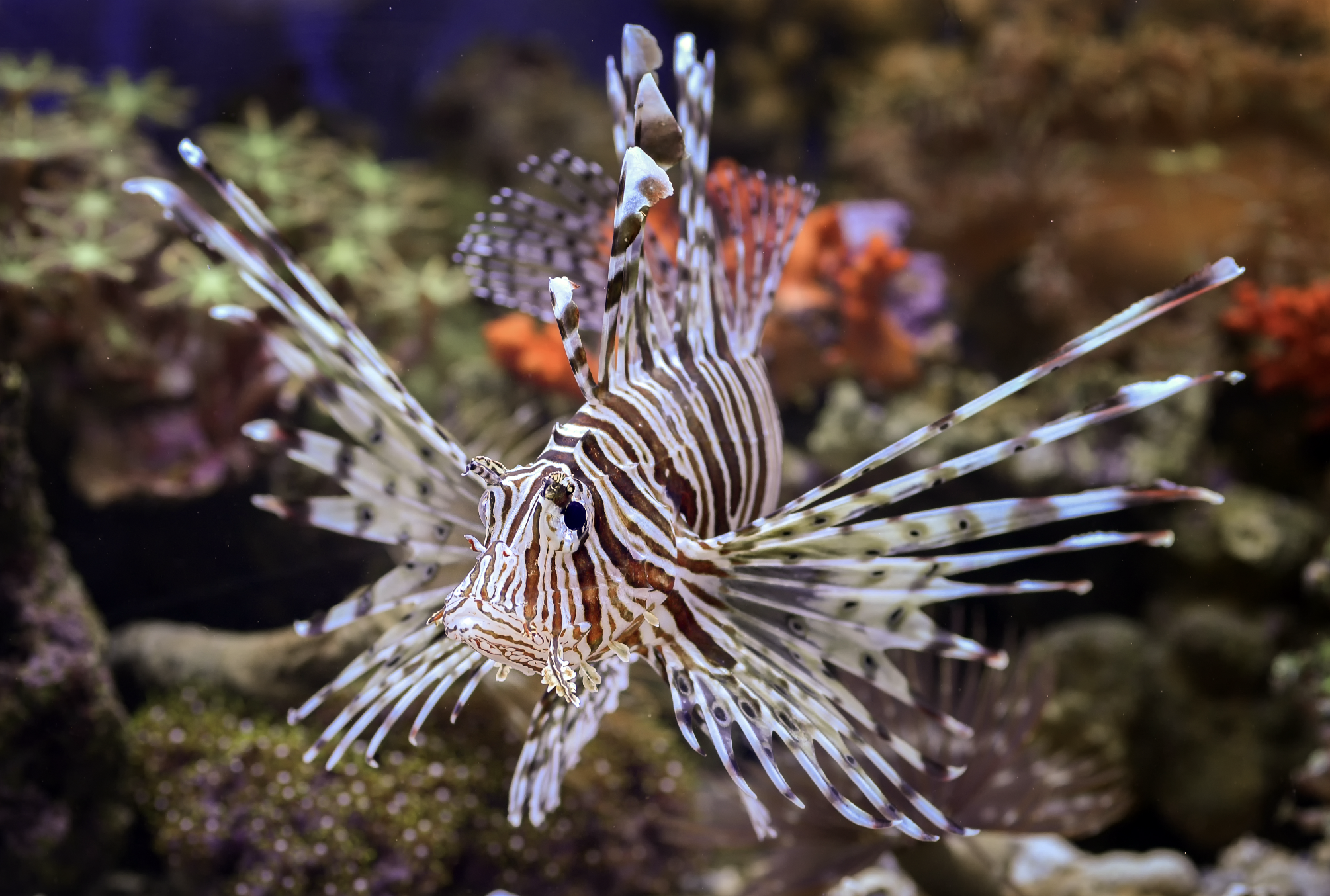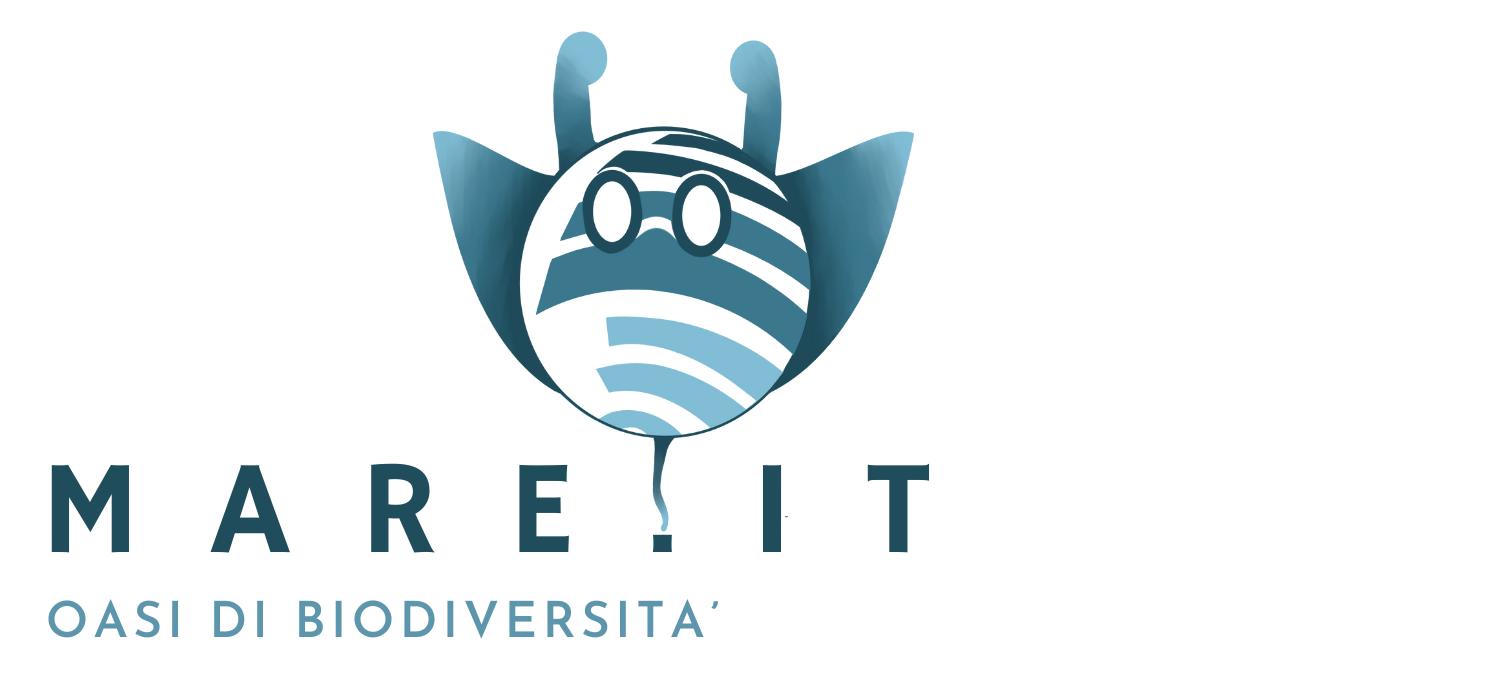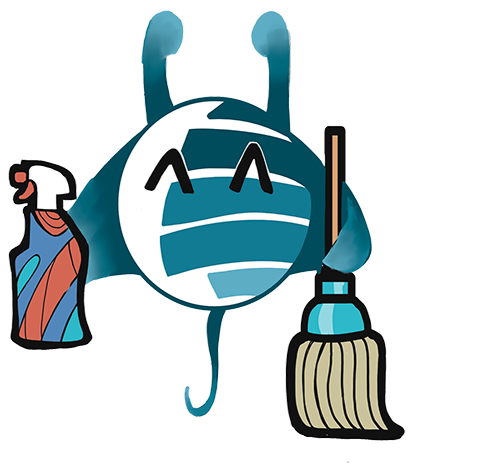The original distribution area was already very wide: from the Sea of Japan to Australia, from Polynesia to Southeast Asia, practically the entire tropical and subtropical Pacific and the Red Sea.
Then, about thirty years ago, some specimens escaped from an aquarium in Florida and ended up in the Atlantic. In just a few years, the lionfish (Pterois miles and Pterois volitans) became a household name throughout the Caribbean Sea, with serious consequences for the balance of local ecosystems. But the typical behavior of young fish, who leave their birth sea early to settle elsewhere, also brought some lionfish to the Suez Canal, and from there, their passage to the Mediterranean encountered no obstacles. Thus, since the second decade of this century, they have officially entered the list of “aliens” in the Mediterranean.
Specimens of the genus Pterois, belonging to the two species that have only recently been recognized as distinct (miles and volitans), have begun to take possession of the easternmost waters, between Lebanon, Syria and Turkey, then Cyprus. In that area since 2013, sightings have become increasingly frequent, not only of single specimens, but even of schools, which is indicative of a significant presence, considering that it is a fish with a usually solitary behavior, which rarely aggregates. And for some years, from the eastern Mediterranean there has been a progressive shift towards the west, certainly favored by the increase in temperatures that is being recorded throughout the basin, being a tropical species.
The seas of the Peninsula have not been excluded from this expansion. The first sightings of Pterois date back to 2016, in south-eastern Sicily. Then, other specimens were identified, always solitary, in Sardinia and again in Sicily. With an increase between 2020 and 2022. In the summer of 2023 a scorpion fish was caught in Le Castella, Calabria, by professional fishermen at about 24 meters deep and on June 25 another was photographed at 12 meters, again in Calabria, in Marina di Gioiosa Ionica, by an underwater photographer who promptly reported the alien presence. And in 2024 another sighting was made known in the sea of Puglia. All valuable contributions also for the research groups that study "alien" species and their expansion in the Mediterranean.
Subject, among other things, of a study conducted by the Dutch University of Wageningen and published in the scientific journal “NeoBiota”, which explains how the rapid spread in the Mediterranean represents a danger for the ecosystems here as has already happened in the Caribbean Sea. In consideration of this recognized danger for the ecological balances of our sea, research projects are underway, which include monitoring the spread of that and other alien species, also using the contribution of the many frequenters of the sea, non-scientists, through Citizen Science.
They have a small head, but a large mouth and protruding eyes surmounted by two growths like those found around their chin and used to confuse them with corals, which like them live in rocky habitats. Pterois are mimetic fish, which also use their splendid brown and white striped livery for this purpose, a characteristic alternation of colors also on the fins, which contribute to the recognized beauty of the animal during movement. But the fins also contain the peculiarity that makes scorpion fish dangerous for humans too. On the dorsal fin there are thirteen hollow spines and three more are present on the anal fin: all serve to inoculate poison into enemies from which the Pterois feel attacked. . The spines are connected to a venom gland, from which they “feed” the neurotoxin that remains active for up to 48 hours after the death of the scorpion fish. It is also a dangerous poison for humans that, in the event of a sting, causes great pain and poisoning that can be very serious and that, in some rare cases, has even proved fatal. Therefore, you must be very careful in the event of an encounter with a Pterois and avoid any close contact, even if it is an animal that tends to hide and blend in with the surrounding environment, attacking only when it feels in danger.
The genus Pterois includes ten different species, all tropical, which, despite having great adaptability, live in rocky habitats and coral reefs, usually at low depths, up to 150 meters at most. The Pterois is a nocturnal predator, which feeds on small fish, crustaceans and molluscs. Being very voracious, its massive presence has proven to be extremely destructive outside its original range, where, instead, it plays a valuable role in the food chain and in maintaining the balance of the different populations of sea inhabitants.
Careful to remove the poisonous spines, its meat is edible and therefore, in order to contain its proliferation, it is fished and marketed in the Caribbean Sea, but also in Turkey and Cyprus. Great attention is paid to research on its neurotoxin, for possible applications in the field of medicine.



